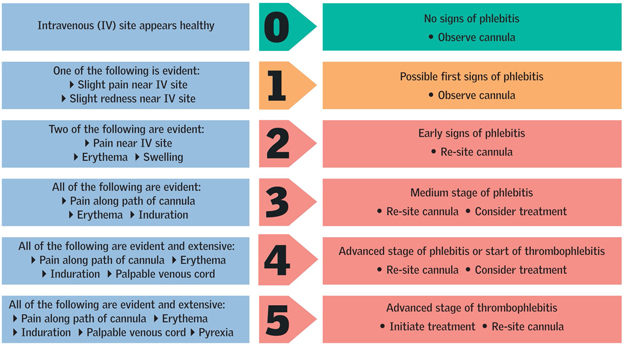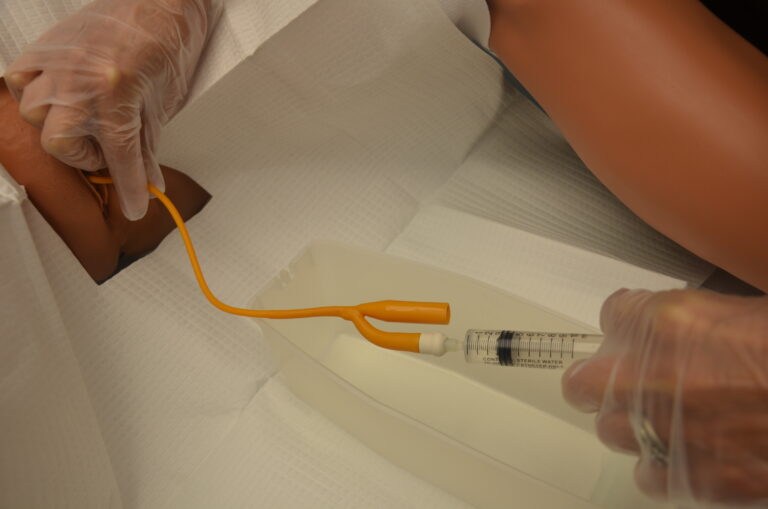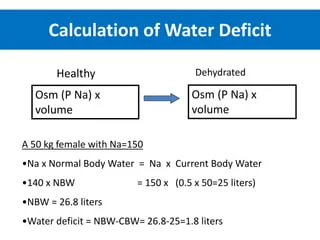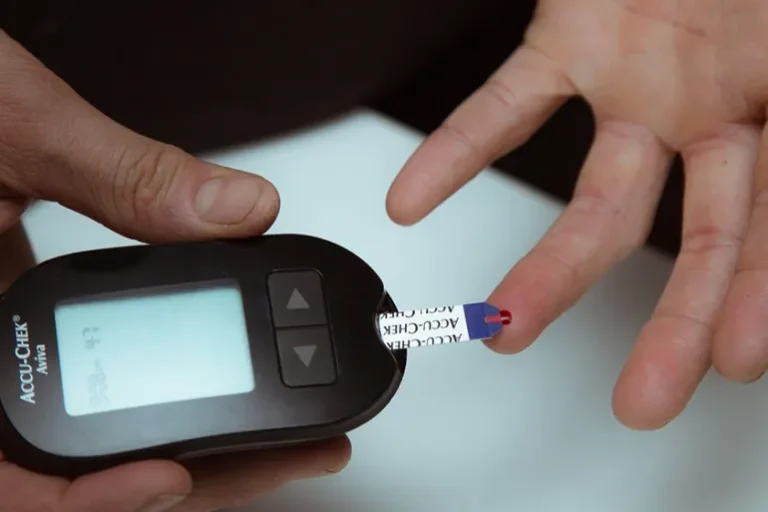Visual Infusion Phlebitis (VIP) Assessment: NMC OSCE UK
Visual Infusion Phlebitis (VIP) Assessment: NMC OSCE UK

The Visual Infusion Phlebitis (VIP) assessment is a crucial component of the Nursing and Midwifery Council’s (NMC) Objective Structured Clinical Examination (OSCE) in the UK. This assessment ensures that nurses can effectively monitor and manage intravenous (IV) therapy, preventing complications such as phlebitis. Here’s everything you need to know about the VIP assessment for the NMC OSCE.
What is Visual Infusion Phlebitis (VIP)
Phlebitis is the inflammation of a vein, often caused by IV therapy. The VIP score is a tool used to assess the severity of phlebitis and guide appropriate interventions. It ranges from 0 (no signs of phlebitis) to 5 (advanced stage of phlebitis with severe symptoms).
Importance of VIP Assessment in NMC OSCE
The VIP assessment is essential for ensuring patient safety and the effective management of IV therapy. It helps nurses identify early signs of phlebitis and take timely actions to prevent complications. The NMC OSCE includes this assessment to evaluate a nurse’s competence in monitoring and managing IV sites.
Steps in Performing VIP Assessment
- Preparation
- Hand Hygiene: Perform thorough hand hygiene before and after the procedure.
- Gather Equipment: Ensure you have all necessary equipment, including gloves, alcohol wipes, and the VIP scoring chart.
- Assessment
- Inspect the IV Site: Look for signs of redness, swelling, pain, and warmth around the IV site.
- Palpate the Area: Gently palpate the area around the IV site to check for tenderness or a palpable cord.
- Score the Site: Use the VIP scoring chart to assign a score based on your findings:
- 0: No signs of phlebitis.
- 1: Slight pain or redness near the IV site.
- 2: Pain at the IV site with erythema or swelling.
- 3: Pain along the path of the cannula with erythema.
- 4: Pain along the path of the cannula with erythema and a palpable venous cord.
- 5: Pain along the path of the cannula with erythema, palpable venous cord, and pyrexia.
- Documentation and Action
- Document Findings: Record the VIP score and any observations in the patient’s medical records.
- Take Appropriate Action: Based on the VIP score, take necessary actions such as removing the IV cannula, applying a warm compress, or notifying a physician.
Tips for Success in the NMC OSCE
- Practice Regularly: Familiarize yourself with the VIP scoring system and practice assessing IV sites.
- Stay Calm and Methodical: During the OSCE, stay calm and follow the steps methodically to ensure accuracy.
- Communicate Clearly: Explain the procedure to the patient and address any concerns they may have.
Conclusion
The VIP assessment is a vital skill for nurses, ensuring the safe and effective management of IV therapy. By mastering this assessment, you can help prevent complications and provide high-quality care to your patients. Good luck with your NMC OSCE preparation!






